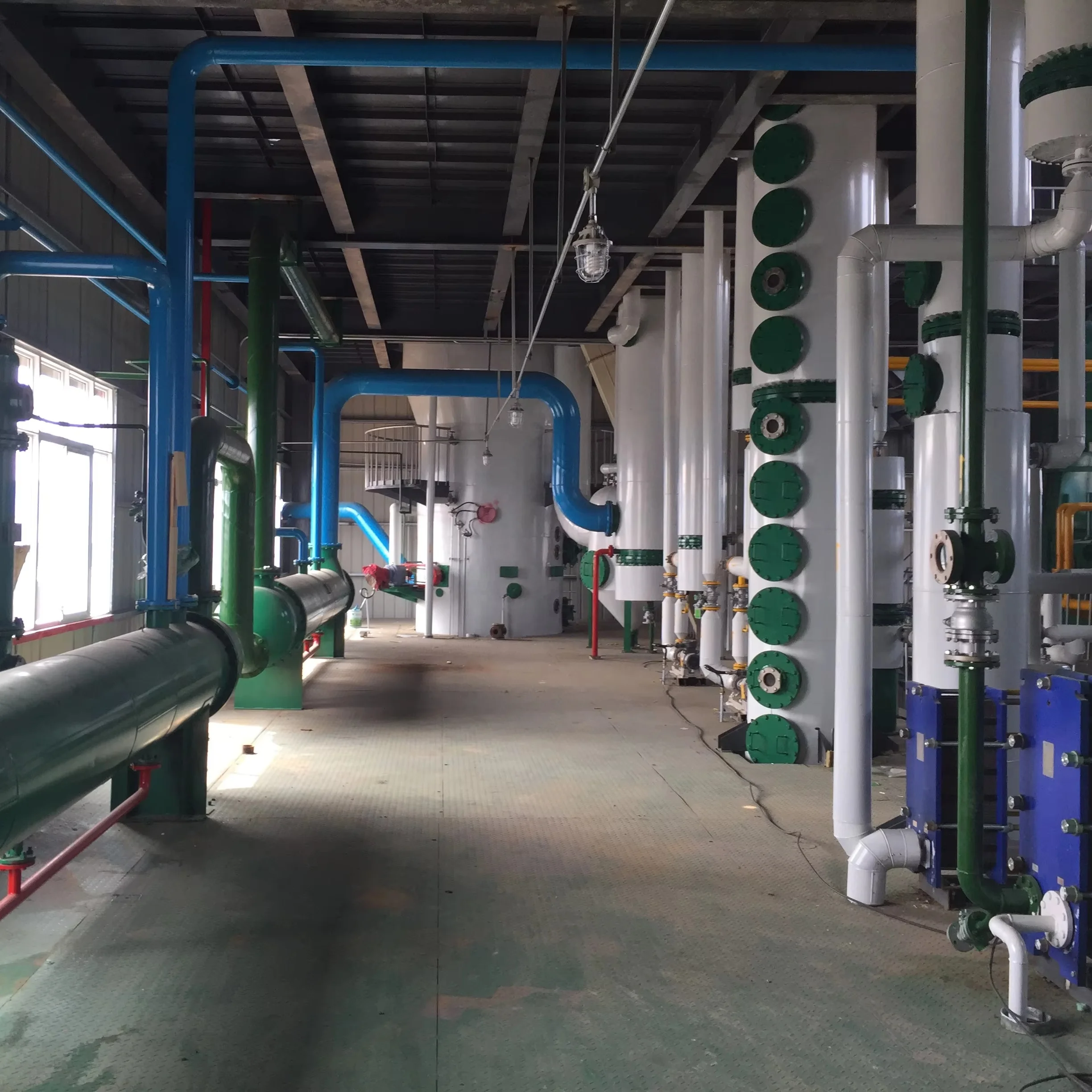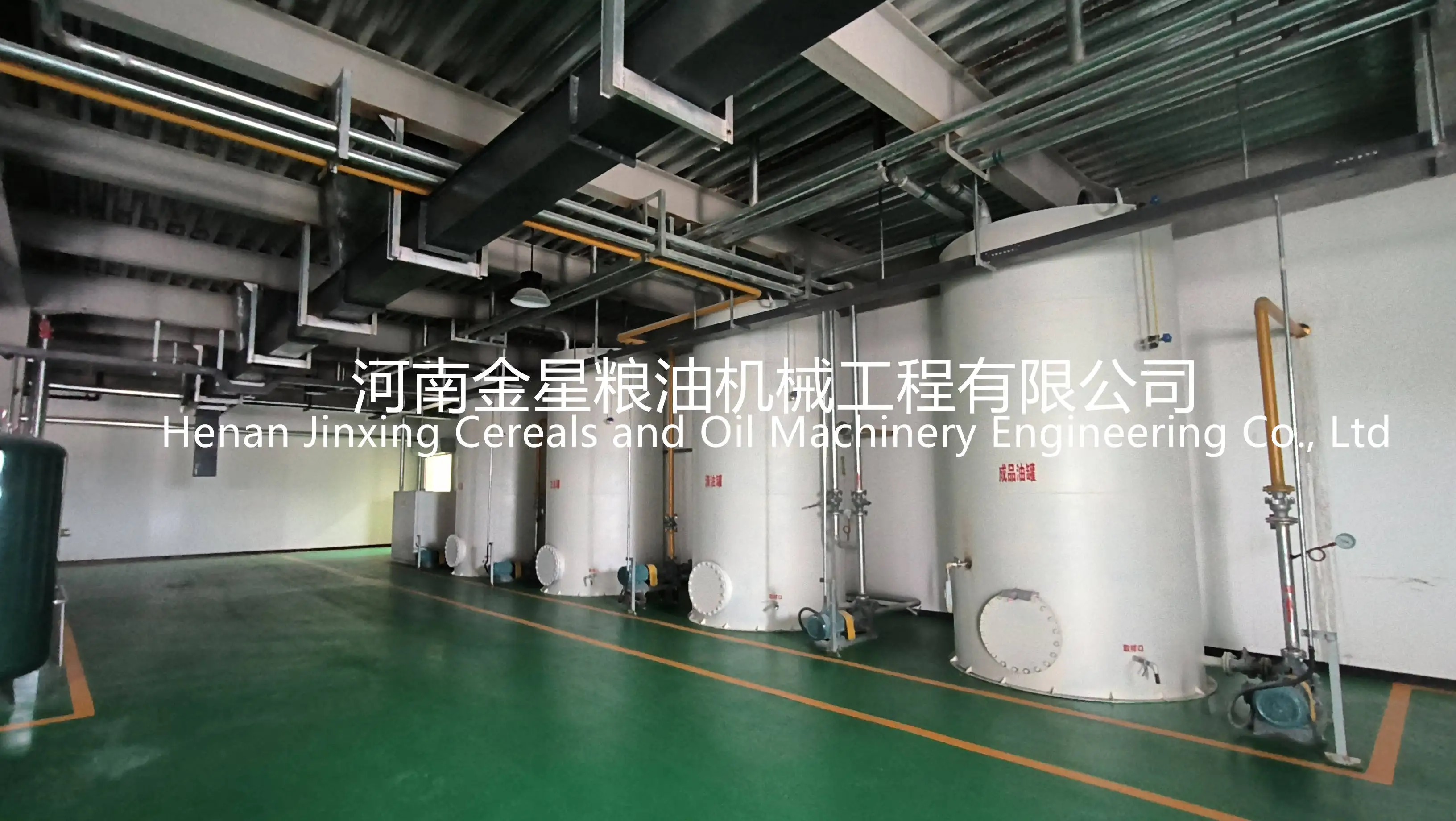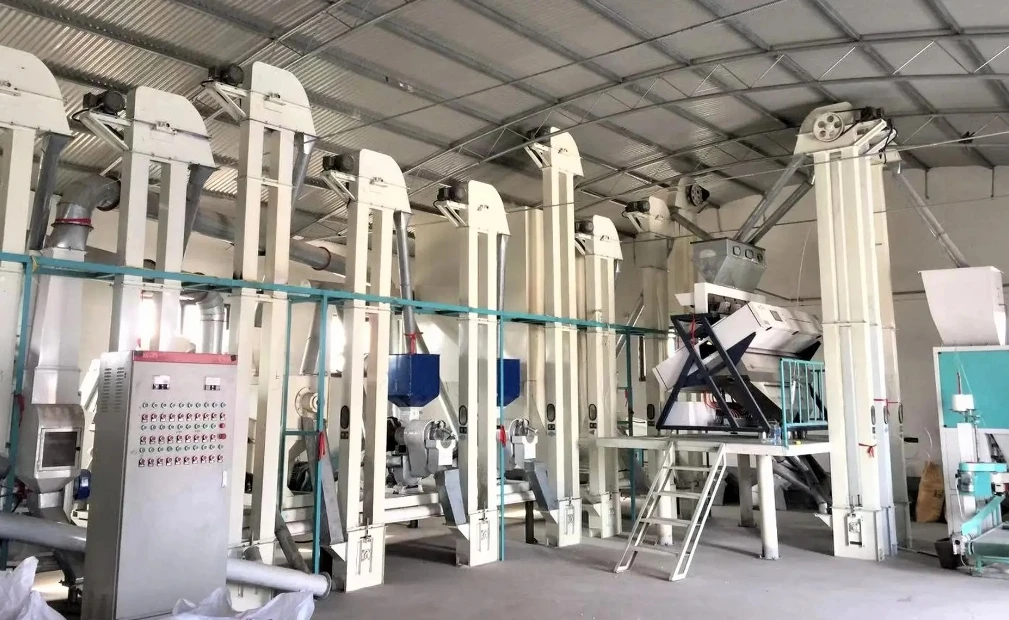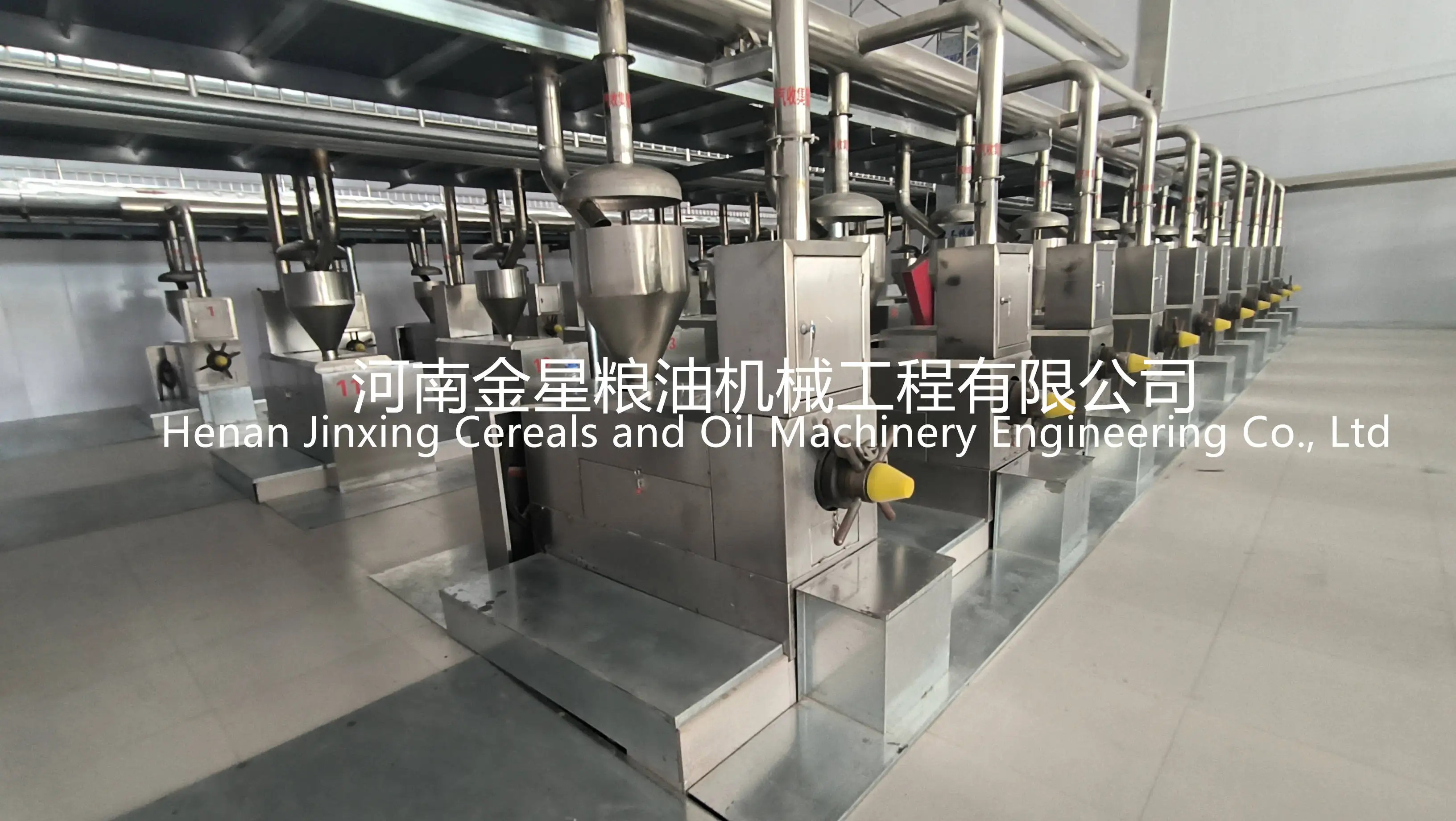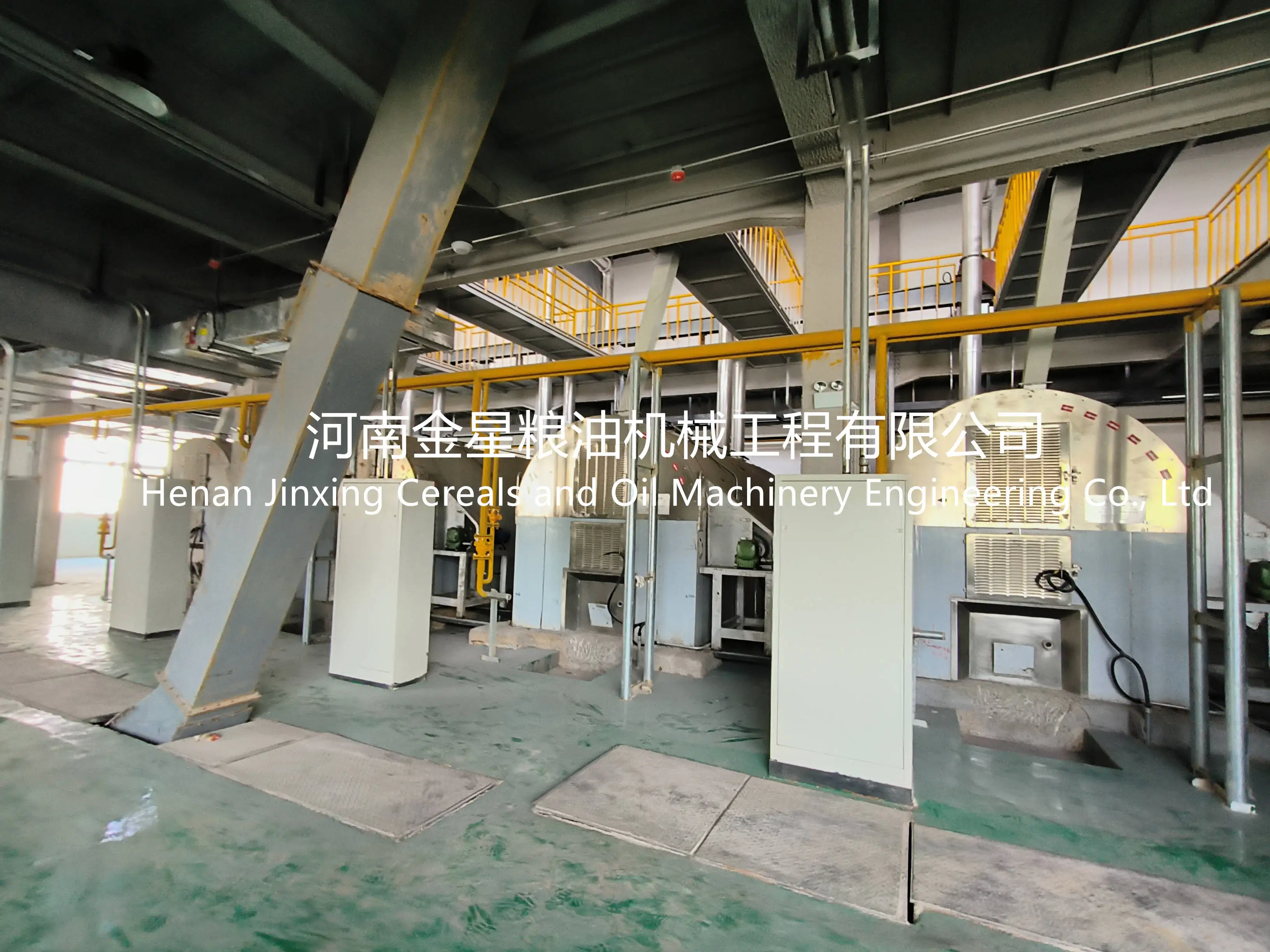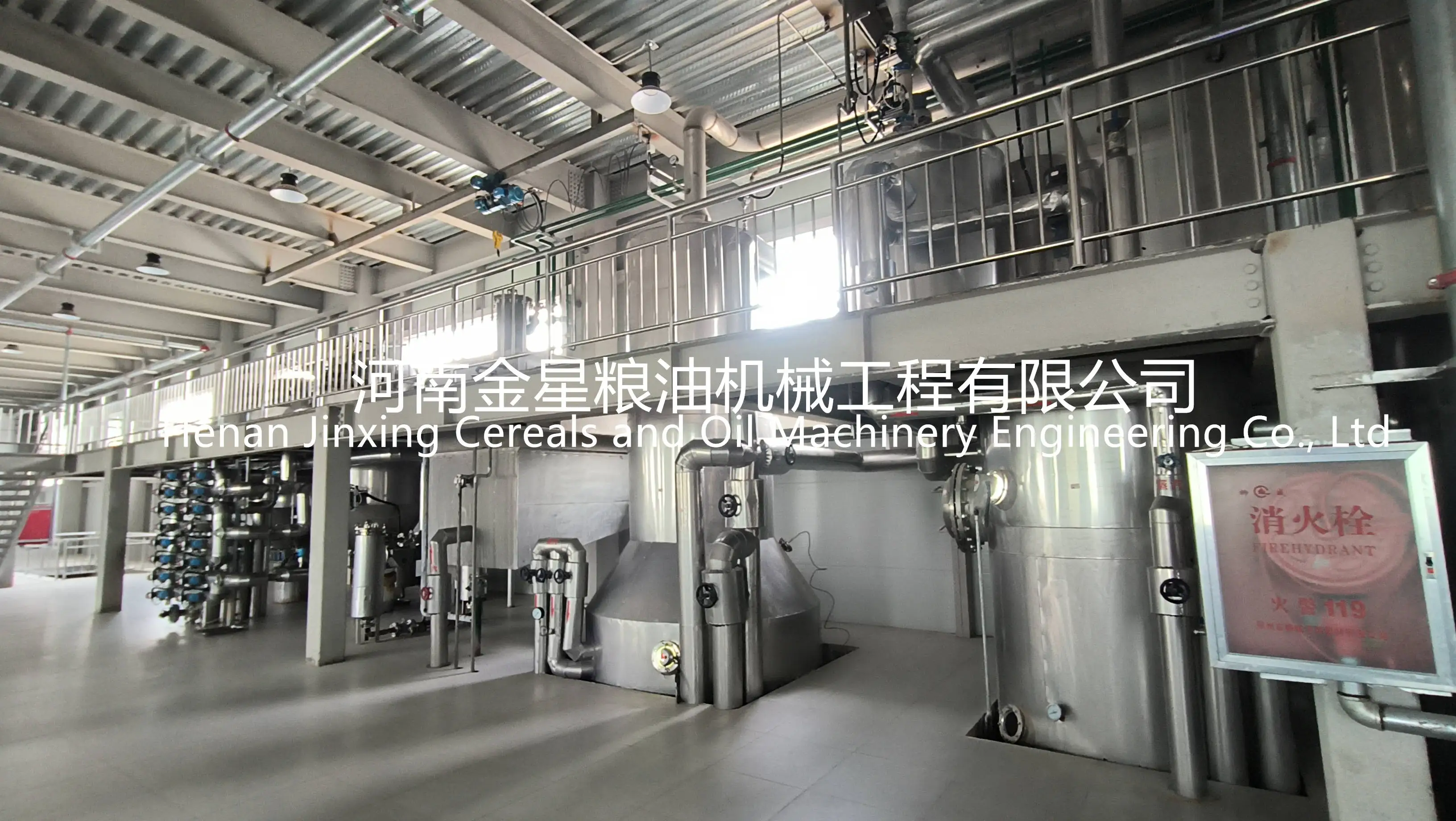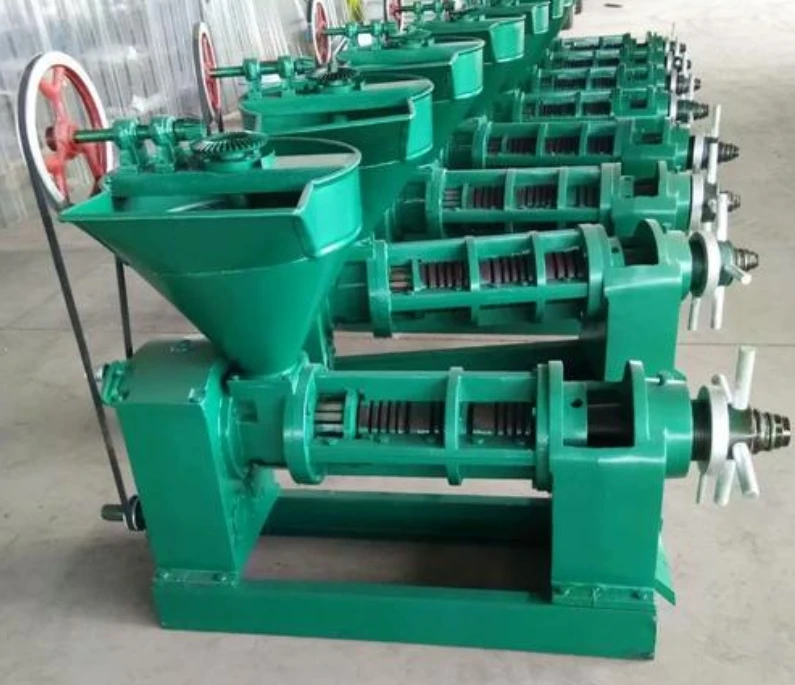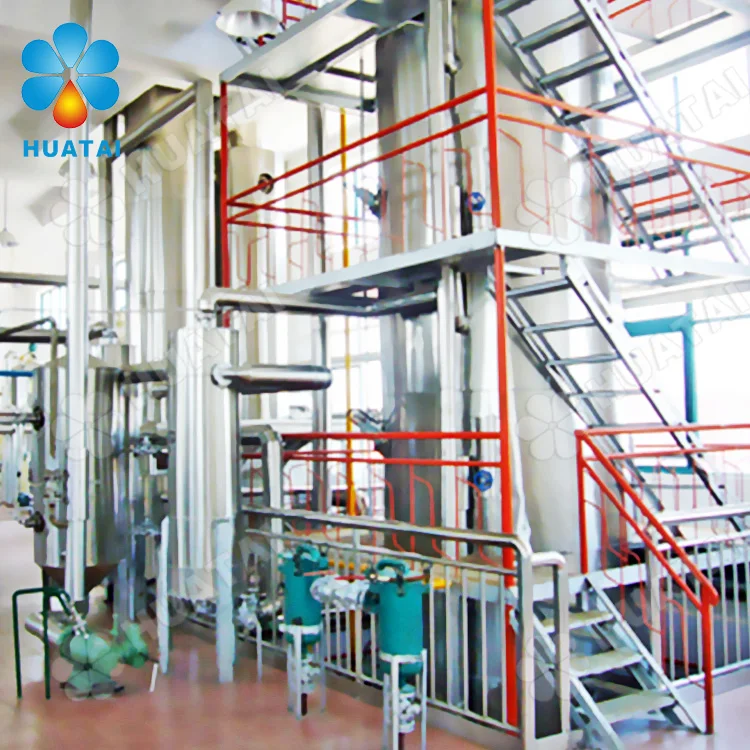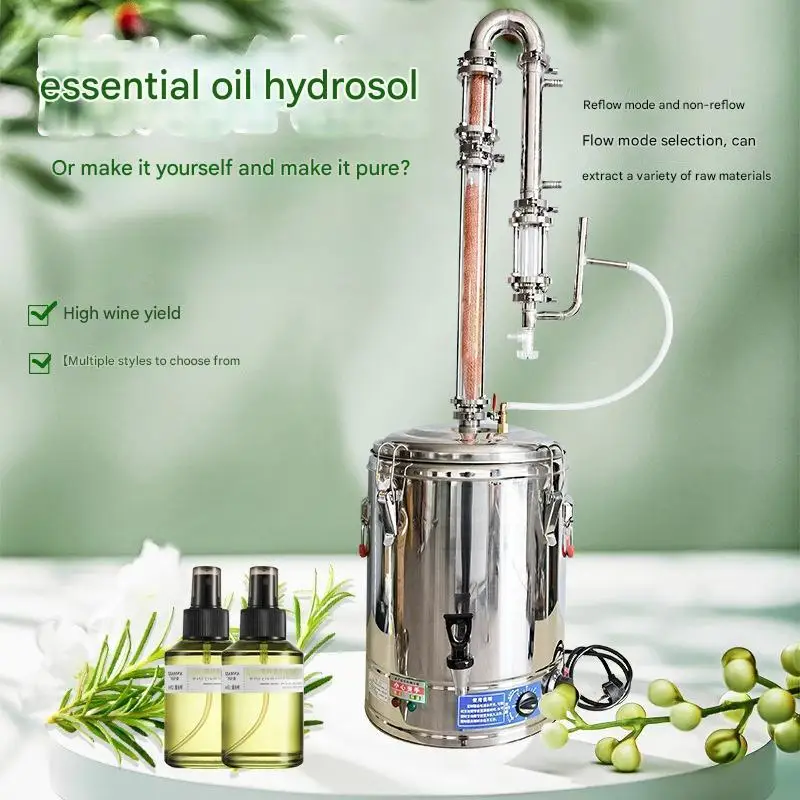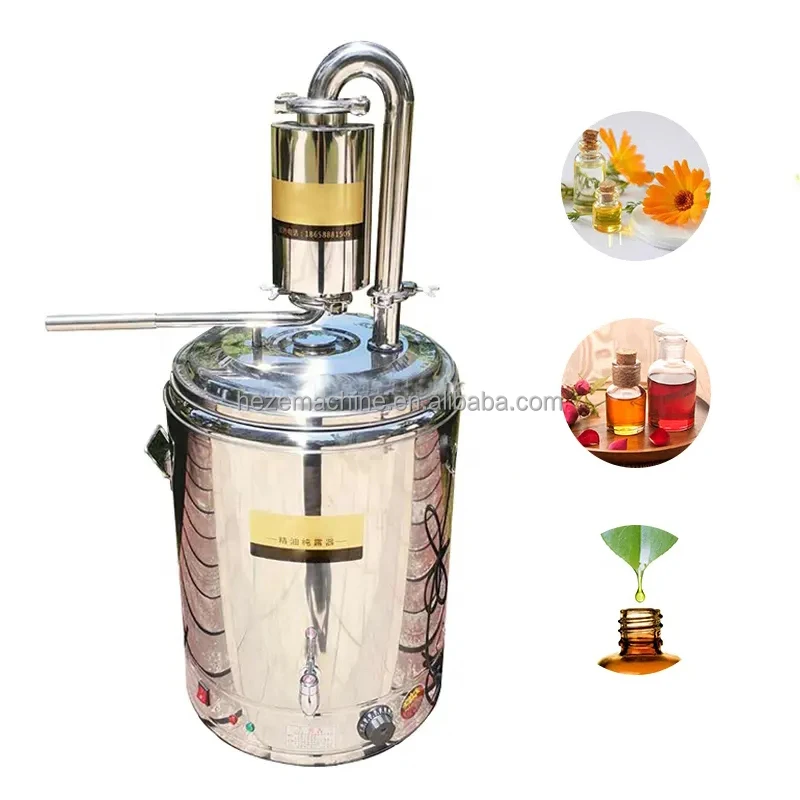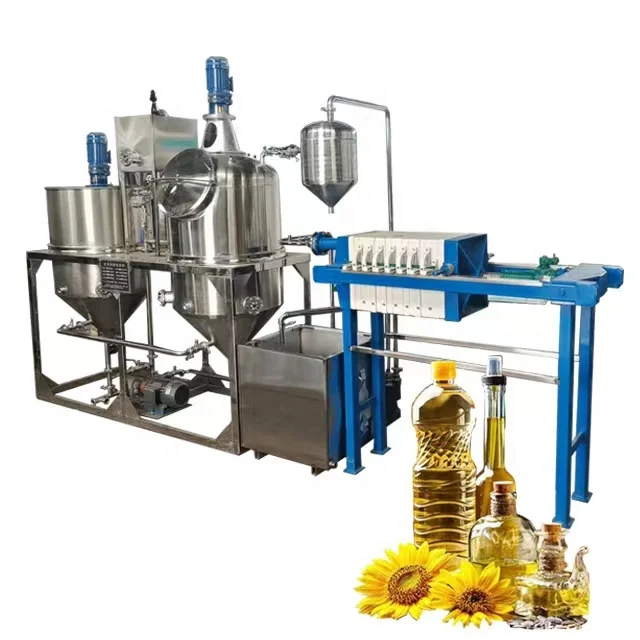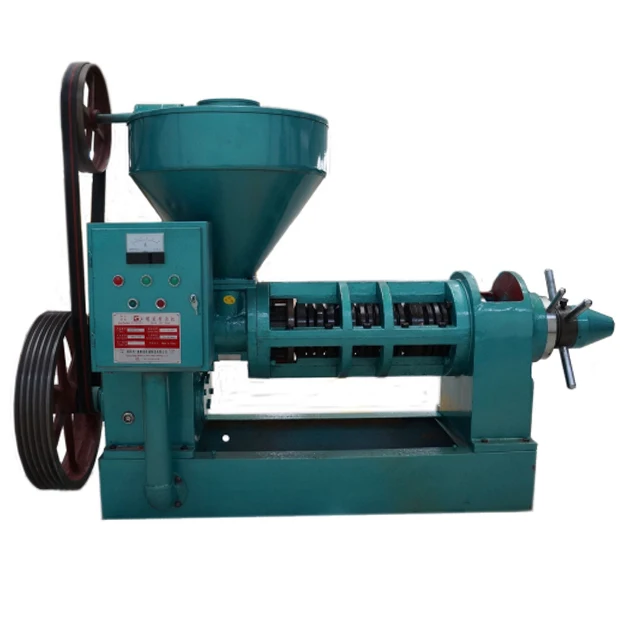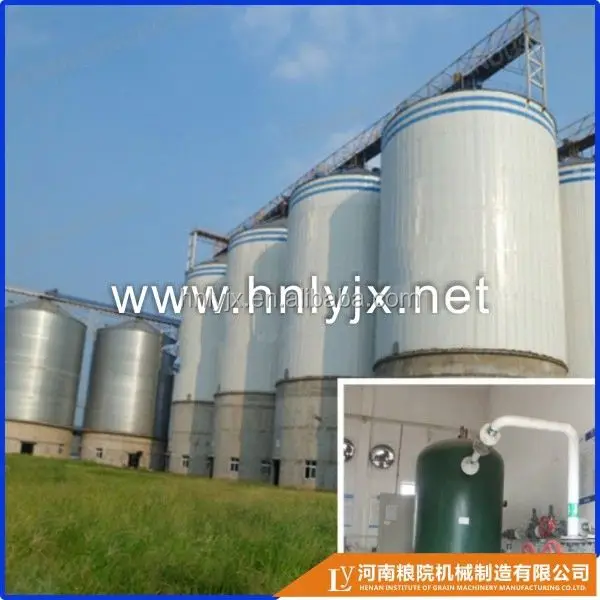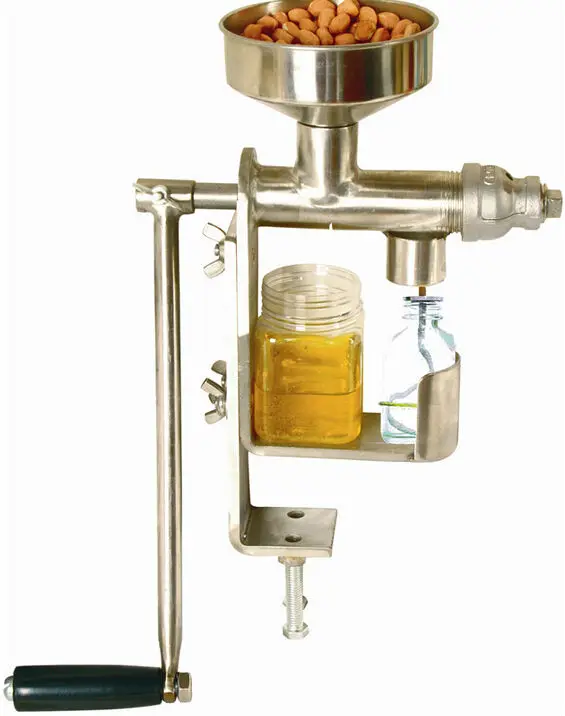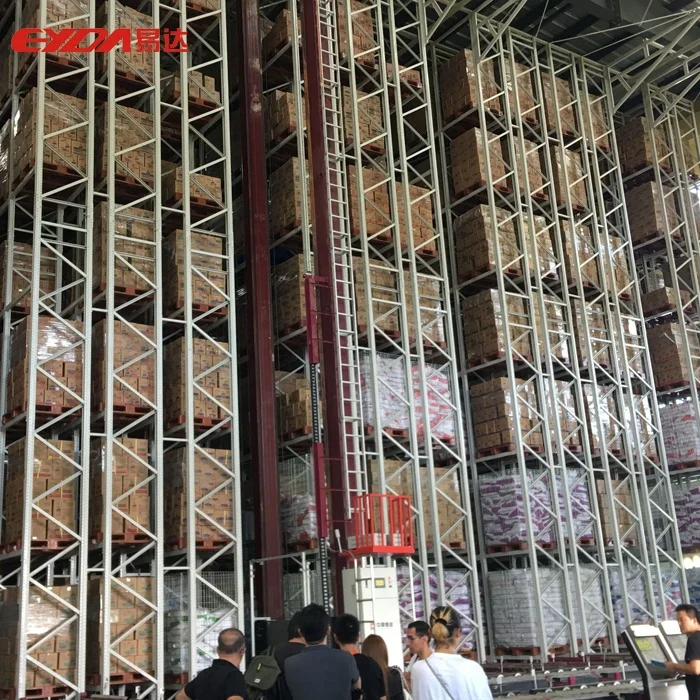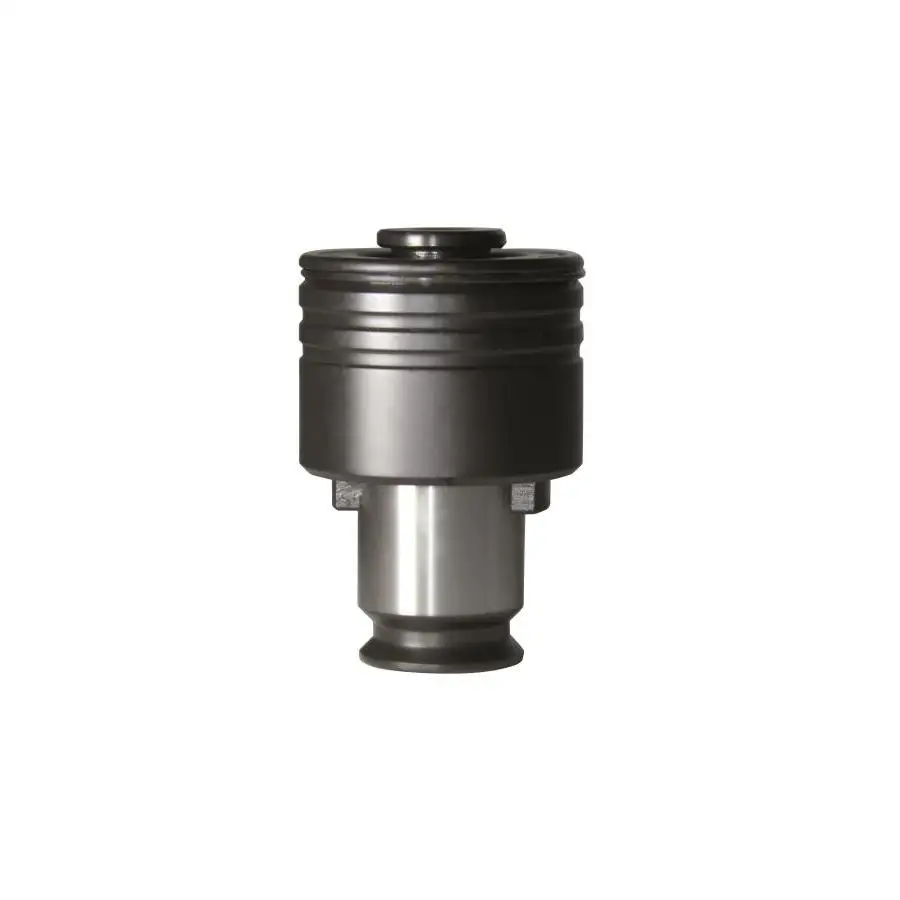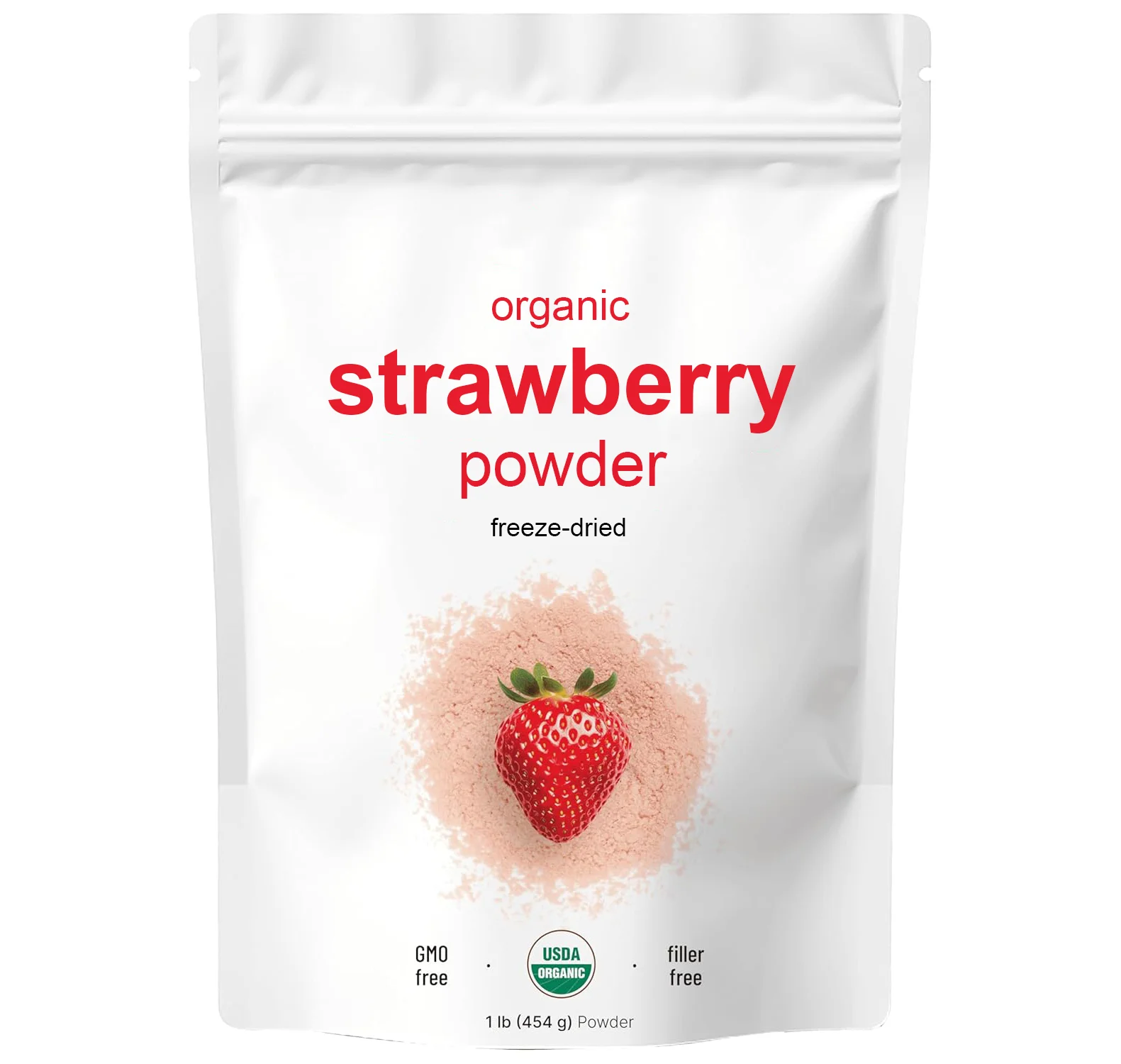Производственные линии по добыче переработке и наполнению масла подходящие для арахисового хлопкового
- Категория: >>>
- Поставщик: Henan Jinxing Cereals And Oil Machinery Engineering Co. Ltd.Henan Ltd.
Сохранить в закладки 1601287255002:
Описание и отзывы
Характеристики
Product Description



Product Name | Oil extraction, refining, and filling production lines suitable for peanut oil and cottonseed oil | Style | edible oils, and vegetable oil,Peanut oil, soybean oil, cottonseed oil, rapeseed oil |
Material | Q235/S304 | Production | 10t/d,30t/d,50t/d,100t/d |
Warranty | 1 year | Place of Product | China |
The production of peanut oil and cottonseed oil each has its own focus,
and the following is a detailed analysis of both:
Key points of peanut oil production
Raw material selection: The oil used to produce strong flavored peanut oil requires mature and plump seeds that have not undergone aging, and must not have moldy, damaged, or immature seeds. These damaged and moldy oilseeds can easily affect the acidity and flavor of peanut oil, and may even be contaminated with aflatoxins.
Pre treatment process: This is an important process that affects the oil yield and flavor of edible oil, including cleaning, crushing, steaming, and frying of peanuts. These processes can adjust the moisture and temperature of peanut kernels, causing the oil to absorb water and expand, splitting the cell wall, thereby opening up oil channels, reducing oil viscosity, and increasing oil yield.
Baking and frying temperature: Baking and frying are key processes for producing strong flavored peanut oil, and temperature control is crucial. The temperature is not enough, and the aroma of peanut oil is weak; If the temperature is too high, the oil will become burnt. Therefore, it is necessary to configure an automatic temperature controlled frying pan and set different temperatures according to different oil processing techniques to achieve high-temperature short frying and prevent oil gelatinization.
Refining process: The processing of strong flavored peanut oil requires specific refining processes, such as low-temperature crystallization, anhydrous dephosphorization, etc., to remove impurities such as wax and phospholipids from the crude oil and obtain a fragrant peanut oil.
Key points of cottonseed oil production
Raw material source: The main raw material of cottonseed oil is cottonseed, and the yield and quality of cottonseed directly affect the production of cottonseed oil. Therefore, it is necessary to pay attention to the planting area, yield, and collection, storage, and transportation of cotton seeds.
Pressing and refining: The production of cottonseed oil requires two main processes: pressing and refining. The pressing process uses mechanical pressure to squeeze out the oil from cottonseeds, while the refining process removes impurities and harmful substances from the oil through physical and chemical methods, improving the quality and safety of the oil.
Quality control: The quality control of cottonseed oil is an important link in the production process. Strict control of raw material quality, pressing conditions, refining processes, and other parameters is required to ensure that the final product meets national standards and consumer demands.
Market demand: Cottonseed oil has the characteristics of light taste and good oxidation stability, making it an ideal raw material for producing salad oil, margarine, and shortening. At the same time, in the food industry, due to its high smoke point and ignition point, the shape and color of the fried food are good, and it is often used as frying oil. Therefore, it is necessary to closely monitor changes in market demand and adjust production strategies and product structures in a timely manner.
In summary, the production of peanut oil and cottonseed oil involves multiple aspects such as raw material selection, pretreatment process, roasting temperature (unique to peanut oil), refining process, quality control, and market demand. The effective control and management of these key links are of great significance for improving product quality, reducing costs, and enhancing market competitiveness.
Raw material selection: The oil used to produce strong flavored peanut oil requires mature and plump seeds that have not undergone aging, and must not have moldy, damaged, or immature seeds. These damaged and moldy oilseeds can easily affect the acidity and flavor of peanut oil, and may even be contaminated with aflatoxins.
Pre treatment process: This is an important process that affects the oil yield and flavor of edible oil, including cleaning, crushing, steaming, and frying of peanuts. These processes can adjust the moisture and temperature of peanut kernels, causing the oil to absorb water and expand, splitting the cell wall, thereby opening up oil channels, reducing oil viscosity, and increasing oil yield.
Baking and frying temperature: Baking and frying are key processes for producing strong flavored peanut oil, and temperature control is crucial. The temperature is not enough, and the aroma of peanut oil is weak; If the temperature is too high, the oil will become burnt. Therefore, it is necessary to configure an automatic temperature controlled frying pan and set different temperatures according to different oil processing techniques to achieve high-temperature short frying and prevent oil gelatinization.
Refining process: The processing of strong flavored peanut oil requires specific refining processes, such as low-temperature crystallization, anhydrous dephosphorization, etc., to remove impurities such as wax and phospholipids from the crude oil and obtain a fragrant peanut oil.
Key points of cottonseed oil production
Raw material source: The main raw material of cottonseed oil is cottonseed, and the yield and quality of cottonseed directly affect the production of cottonseed oil. Therefore, it is necessary to pay attention to the planting area, yield, and collection, storage, and transportation of cotton seeds.
Pressing and refining: The production of cottonseed oil requires two main processes: pressing and refining. The pressing process uses mechanical pressure to squeeze out the oil from cottonseeds, while the refining process removes impurities and harmful substances from the oil through physical and chemical methods, improving the quality and safety of the oil.
Quality control: The quality control of cottonseed oil is an important link in the production process. Strict control of raw material quality, pressing conditions, refining processes, and other parameters is required to ensure that the final product meets national standards and consumer demands.
Market demand: Cottonseed oil has the characteristics of light taste and good oxidation stability, making it an ideal raw material for producing salad oil, margarine, and shortening. At the same time, in the food industry, due to its high smoke point and ignition point, the shape and color of the fried food are good, and it is often used as frying oil. Therefore, it is necessary to closely monitor changes in market demand and adjust production strategies and product structures in a timely manner.
In summary, the production of peanut oil and cottonseed oil involves multiple aspects such as raw material selection, pretreatment process, roasting temperature (unique to peanut oil), refining process, quality control, and market demand. The effective control and management of these key links are of great significance for improving product quality, reducing costs, and enhancing market competitiveness.

Refining process flow The refining process of cottonseed oil usually includes the following steps:
Degumming: Removing impurities such as phospholipids and proteins from oil to improve its stability and transparency.
Deacidification: Removing free fatty acids from oil through alkaline refining or physical methods, reducing the acid value of oil, and improving the quality and stability of oil.
Water washing: Wash with water to remove impurities such as salts and soaps from oil, further purifying the oil.
Decolorization: using adsorbents such as activated carbon and clay to remove pigments from oil, resulting in a light yellow or colorless transparent state of the oil.
Deodorization: Under high temperature and vacuum conditions, it removes volatile substances and odors from oils and fats, enhancing their aroma and taste.
Winterization: By low-temperature crystallization and filtration, solid fat in oil is removed, improving the transparency and stability of oil.
Deacidification: Removing free fatty acids from oil through alkaline refining or physical methods, reducing the acid value of oil, and improving the quality and stability of oil.
Water washing: Wash with water to remove impurities such as salts and soaps from oil, further purifying the oil.
Decolorization: using adsorbents such as activated carbon and clay to remove pigments from oil, resulting in a light yellow or colorless transparent state of the oil.
Deodorization: Under high temperature and vacuum conditions, it removes volatile substances and odors from oils and fats, enhancing their aroma and taste.
Winterization: By low-temperature crystallization and filtration, solid fat in oil is removed, improving the transparency and stability of oil.


Related Products
Company Introduction



Henan jinxing Cereals and Oil Machinery Engineering Co., Ltd.,
The company's business scope covers oil engineering contracting, equipment manufacturing and installation, technical services, development and upgrading of new products and technologies, deep processing of oil by-products, international trade, etc.
Jinxing Cereals and Oil Machinery focuses on plant oil equipment, edible oil production lines, grain seed processing, automation transformation and upgrading of production lines. We not only provide standardized intelligent equipment for customers, but also specialize in tailoring highly integrated automation production lines and intelligent factory solutions according to their specific needs, helping enterprises achieve a leap in production efficiency and effective cost control.
After years of technological accumulation and innovation, our company has obtained dozens of national patents. Our R&D team is composed of senior experts and young talents in the industry, constantly breaking through technical barriers and leading industry development trends. At the same time, the company is equipped with advanced machining centers, precision testing equipment, and intelligent production lines to ensure the excellent quality and stable performance of each factory equipment.
Our company's products and services have covered most parts of China and successfully entered multiple international markets such as Africa and Southeast Asia, winning the trust and cooperation of many well-known enterprises. We have not only established a comprehensive sales and service network domestically, but also set up multiple branches and service centers overseas to provide fast response and localized services to global customers.



Installation and debugging:
On site installation and debugging: A professional after-sales team will go to the customer's site to install and debug the equipment, ensuring that it is assembled according to the specifications and reaches the best operating state.
Debugging training: During the installation and debugging process, after-sales personnel will provide training to operators to master the correct operation methods, daily maintenance, and simple troubleshooting skills of the equipment.
Debugging training: During the installation and debugging process, after-sales personnel will provide training to operators to master the correct operation methods, daily maintenance, and simple troubleshooting skills of the equipment.
Technical support:
Remote technical support: Provide remote technical support to customers through phone, email, video, and other means to answer any
questions they may encounter during use. On site technical support: For complex issues or problems that cannot be solved remotely,
after-sales personnel will promptly arrive at the scene for investigation and handling.
questions they may encounter during use. On site technical support: For complex issues or problems that cannot be solved remotely,
after-sales personnel will promptly arrive at the scene for investigation and handling.
Похожие товары
EPC рисовые отруби масло экстракционная установка 10-100TPD машина для экстракции масла
2 362 084,00-2 480 188,20 ₽
Многофункциональная 304 машина для экстракции эфирных масел из нержавеющей стали делает дистиллятор
16 888,91-21 849,28 ₽
Оборудование для дистилляции эфирных масел
40 155,43-41 336,47 ₽
Самая популярная китайская машина для прессования и рафинированного масла
318 881,34-342 502,18 ₽
Коммерческая автоматическая машина для прессования масла конопли черного семени кунжута
212 587,56-566 900,16 ₽
1200 кг/ч новый дизайн пищевое масло завод по розливу / семян тыквы пресс линия
OEM нержавеющая сталь мини маслопресс машина
18 896,68-25 982,93 ₽
Новые поступления
Новинки товаров от производителей по оптовым ценам
Светлая Золотая морская солнечная энергия ландшафтное украшение постмодерн минималистский стиль чистая ручная роспись маслом 24x3 1 дюйм/60x80
35-53 $
Европейские антикварные простой Последние двойной металлической кровати
Автоматизированная складская система автоматического хранения в Гуанчжоу Eyda с эффективными стеллажами и
10 000-35 000 $
Декоративный чехол для PS5 Сменный Чехол консоли пластины Playstation5 пылезащитный с защитой от царапин
7,50-7,70 $
Лучшее качество детские подгузники для сухих подгузников новорожденных размер 2 4 и большие доставка или
3 $
Выключатель для формованного корпуса Schneider NSX100N 50KA AC 3P3D 25A TMD новая модель C10N3TM025
Буф2-.. М .. Краны
Оптовая продажа высококачественный сублимированный клубничный порошок Заводская поставка
5,50-6,40 $
